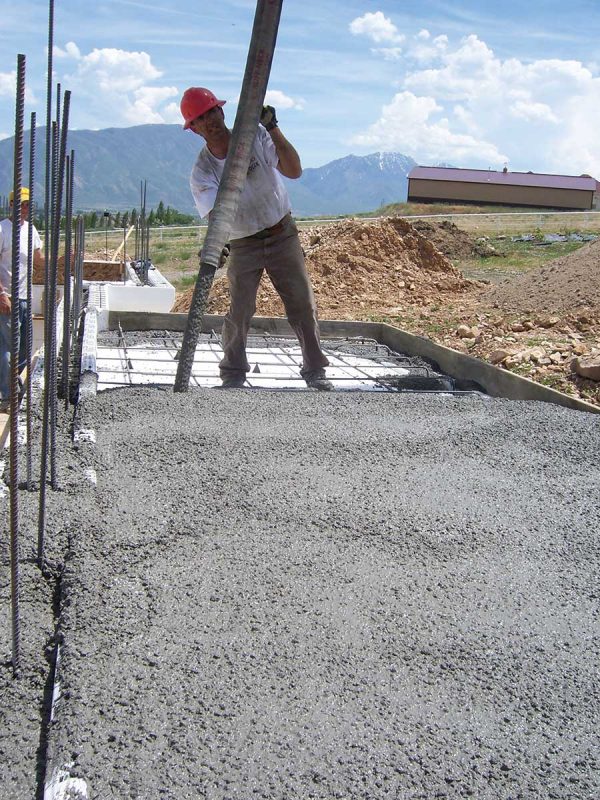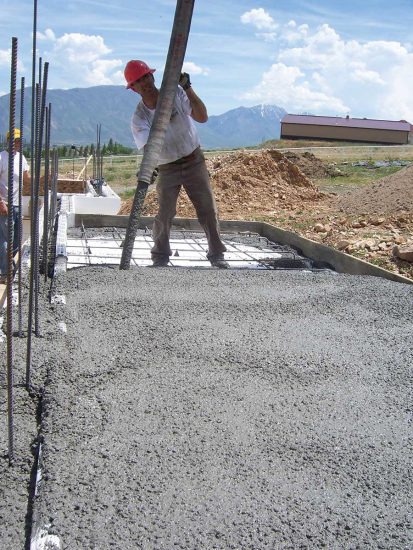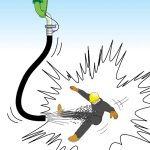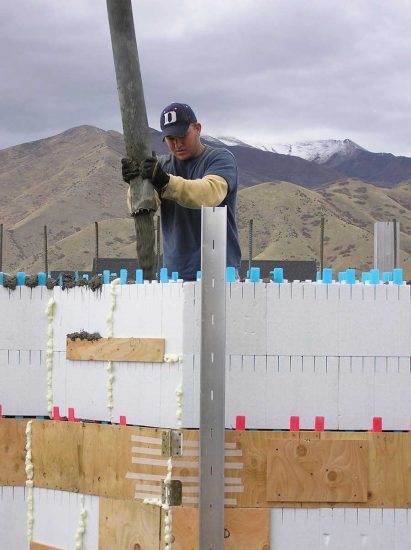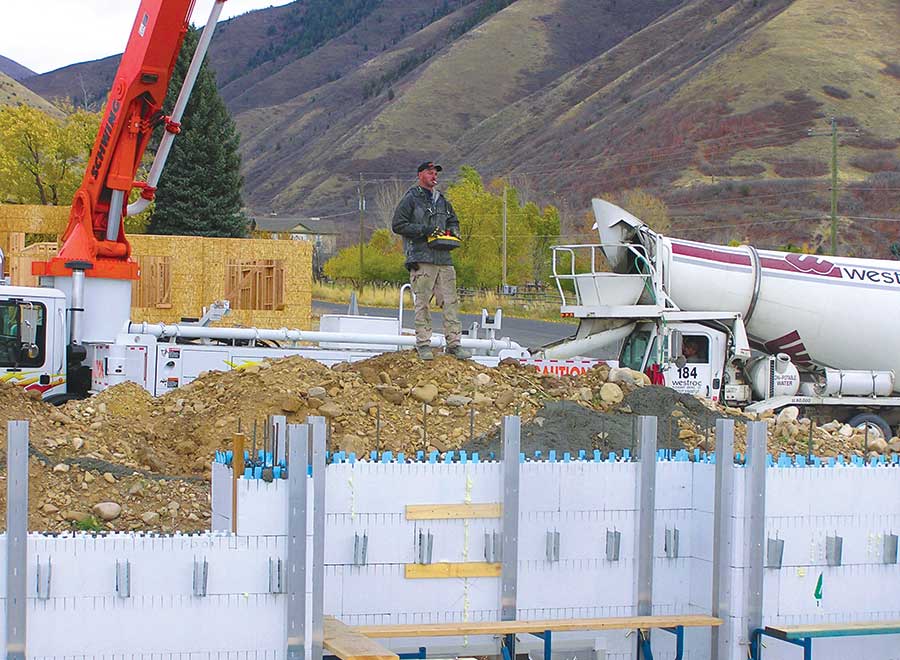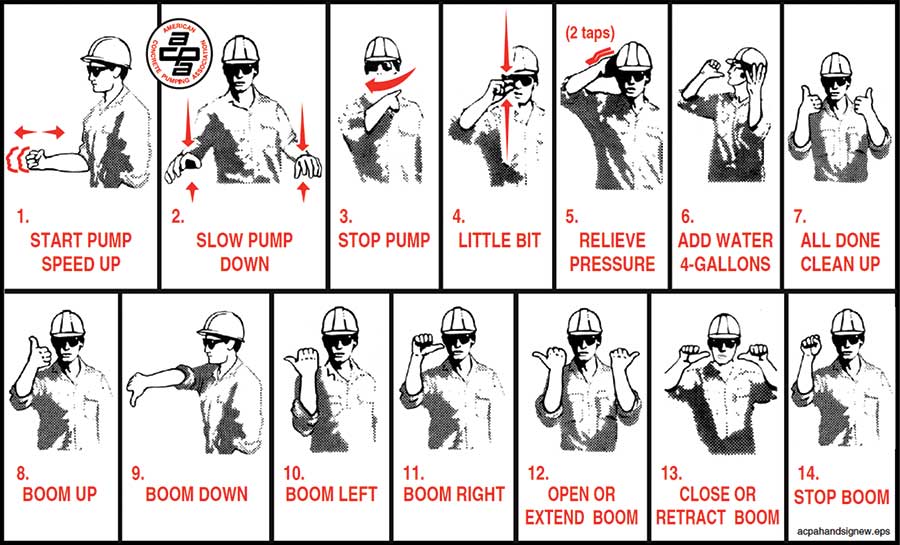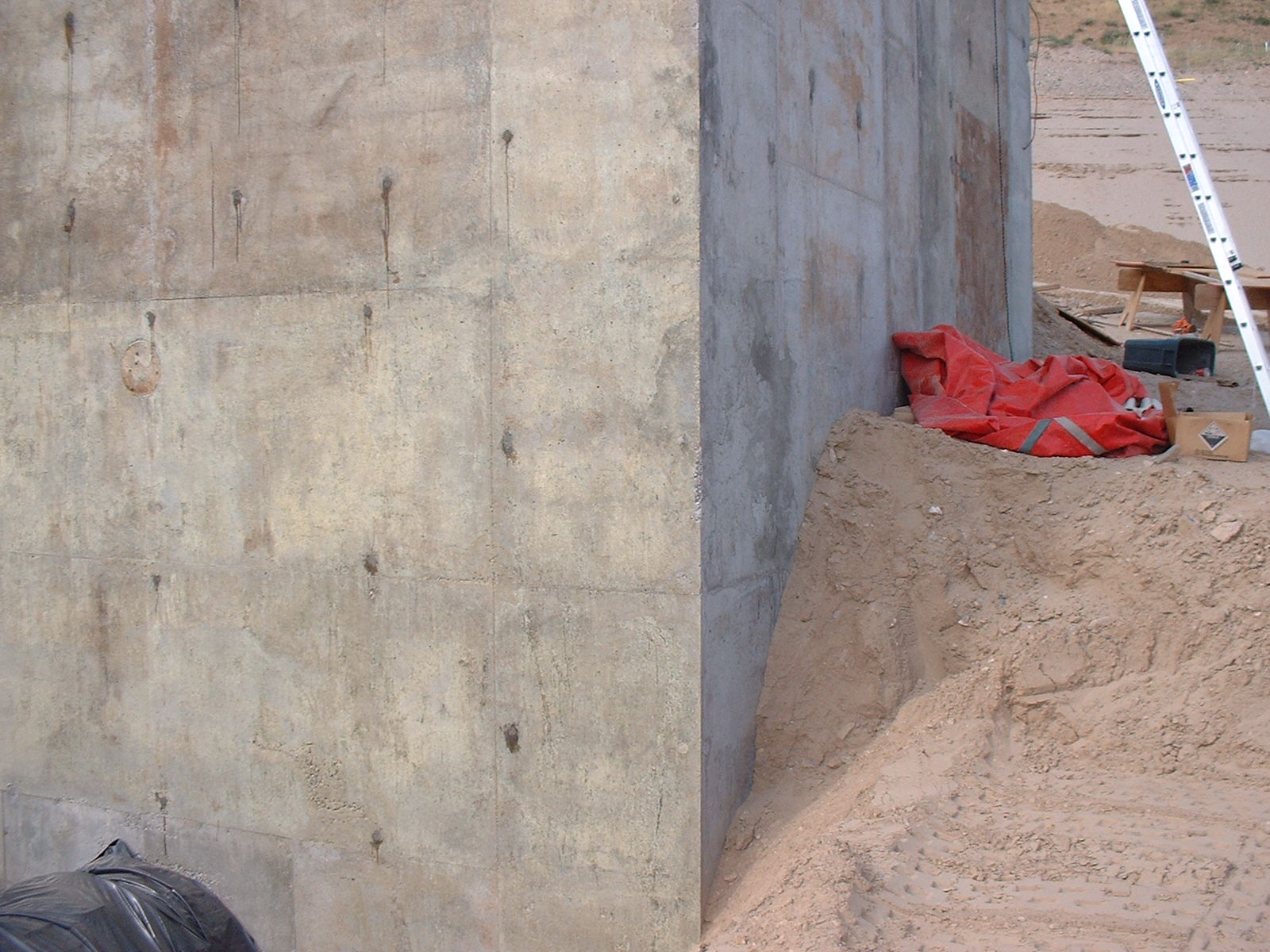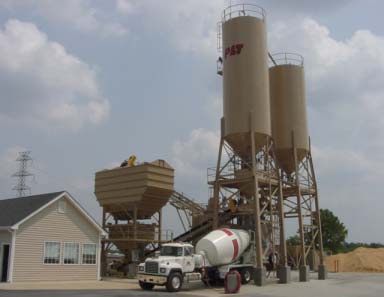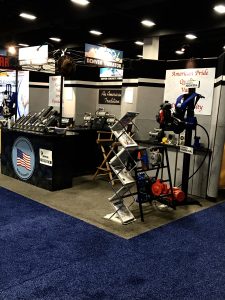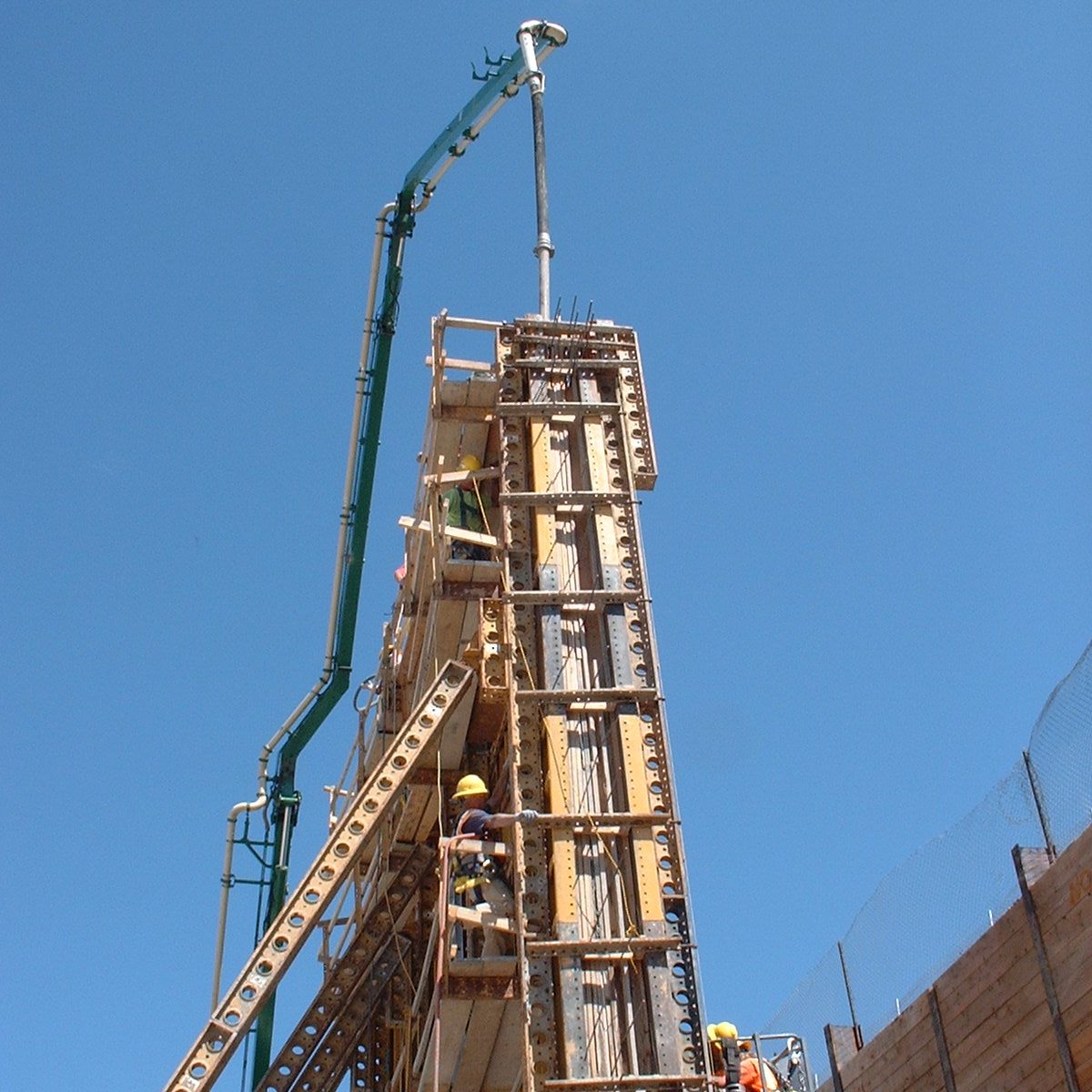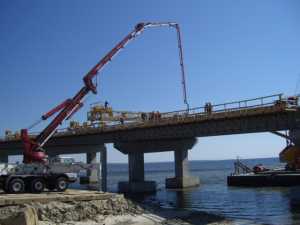Here’s a great article found at Equipment and Contracting Magazine about the differences between concrete, shotcrete and gunite:
For those embarking on a construction project involving the use of concrete, there may be some question about the best method of application. There are three primary methods that can be utilized, each with its own advantages and disadvantages: traditional poured concrete, shotcrete, and gunite. The best choice for the job will depend on a number of factors, including budget, where the concrete will be applied, and the skill of the workers applying the concrete.
Concrete is the most commonly used man-made material on earth. It is a composite material, made of three elements: Portland cement, water and aggregates. The Portland cement acts as a binding agent when mixed with water and aggregates. Water chemically reacts with the cement and makes the concrete workable. Aggregates in a concrete mixture may be fine (sand) or coarse (rock or gravel). When mixed, these three components can be applied and then will harden into a durable material.
Traditionally, concrete has been poured from a ready mix truck onto a project site. It is either placed on the ground or into forms, and then vibrated to flush out air and to make sure that it is compact. Because it typically requires the use of forms and vibration for the concrete to be compacted, it is often more expensive and time-consuming than other forms of concrete application. However, there are significant advantages of poured concrete, such as its ability to be used in larger areas, like in a building foundation.
With shotcrete, the concrete is projected at high velocity, typically onto a vertical or overhead surface. The force of this application method consolidates the concrete, resulting in an outstanding bond with most substrates. It is often more cost-efficient than traditional concrete placement methods, as it requires less formwork. Shotcrete involves applying the concrete after it is already mixed.
Gunite is similar to shotcrete, in that it is a method of applying concrete involving a high pressure hose. However, with gunite, the concrete is loaded dry, and mixed with water at the nozzle when it is sprayed. It is generally less expensive than shotcrete, and allows builders more work time to complete a concrete project.
All three methods result in a water-resistant surface that is less susceptible to deterioration over time than other building materials, such as steel or wood. In addition, because concrete can last in higher temperatures without compromising its structure, any of these methods can be used to fireproof steel. The finished products also share the other positive attributes of concrete, including strength, low maintenance and relative cost-effectiveness compared to materials. Before concrete hardens, it is also very pliable and can be easily shaped.
The traditional poured concrete method has several advantages. First, it is incredibly versatile; contractors can use this method for a variety of projects by building precise, customizable forms. Second, poured concrete results in a strong, smooth surface. Third, the application of concrete in this method is common, so that it doesn’t require the specialized skills of shotcrete and gunite. Fourth, it is generally the most appropriate method for large scale building projects, as it is more time and cost-effective than the other processes.
However, poured concrete is the most expensive of the three methods. It has a much higher labor cost, because it required forms to be built and then removed once the concrete has hardened. In addition, the concrete must be vibrated to flush out air and to compact the material. It is also challenging to form shapes with poured concrete or to make joints.
As a concrete application process, shotcrete has several benefits. Operators who apply concrete using the shotcrete method must be skilled, but need not be experts in mixing concrete because it is premixed and loaded into the hopper. Shotcrete takes less time than pouring concrete, and it forms a strong and consistent coating. It also is an inexpensive way to apply concrete in curves and irregular shapes, which are often difficult to impossible to achieve with convention concrete methods. Shotcrete also does not need a complex system of forms as with poured concrete, and generally needs only a one-sided form or no forms if the soil is compacted. Finally, it does not require vibration or compaction after placement.
Yet there are drawbacks to using the shotcrete process. Because it is premixed, once the process is started, the concrete must be applied quickly, without any stops. If too much water is added to the mix to keep it from hardening, cracks may form in the concrete. In addition, shotcrete — while less expensive than poured concrete — is more expensive than gunite. Finally, shotcrete takes a significant amount of time as compared to poured concrete, making it a less than ideal choice for large foundations, structural piers or other large projects.
There are many advantages to choosing gunite as an application method, particularly if you are working with skilled operators who can expertly mix the concrete. The gunite method allows operators to stop and start projects without creating what are known as “cold joints.” These are areas that form from two separate pours when operators attempt to blend a new pour into an old pour. This cold joint will not only look different; it will also be susceptible to cracking. With gunite, an operator can stop and start the process without creating a cold joint, because the velocity of the application allows the materials to bond together. You will also have more time to work with the concrete, because the concrete will be mixed on site and the process can be stopped and started as needed. Gunite is generally a less expensive process than shotcrete and concrete pouring, with most of the same advantages as shotcrete.
However, the gunite process is not without disadvantages. It does require a skilled operator who understands how to achieve the proper ratios when mixing concrete. Otherwise, the quality of the concrete could be compromised. The dry mixture may also clog the hose pipe, causing problems on the construction site. Gunite also has the tendency to produce over-spray (rebound), which is both messy and wasteful.
Ultimately, the concrete application method that works best will depend on the specific needs of the project. Understanding the benefits and drawbacks of each process can help you make an informed choice as you move forward with your concrete construction project.
Read article at equipment and contracting.com

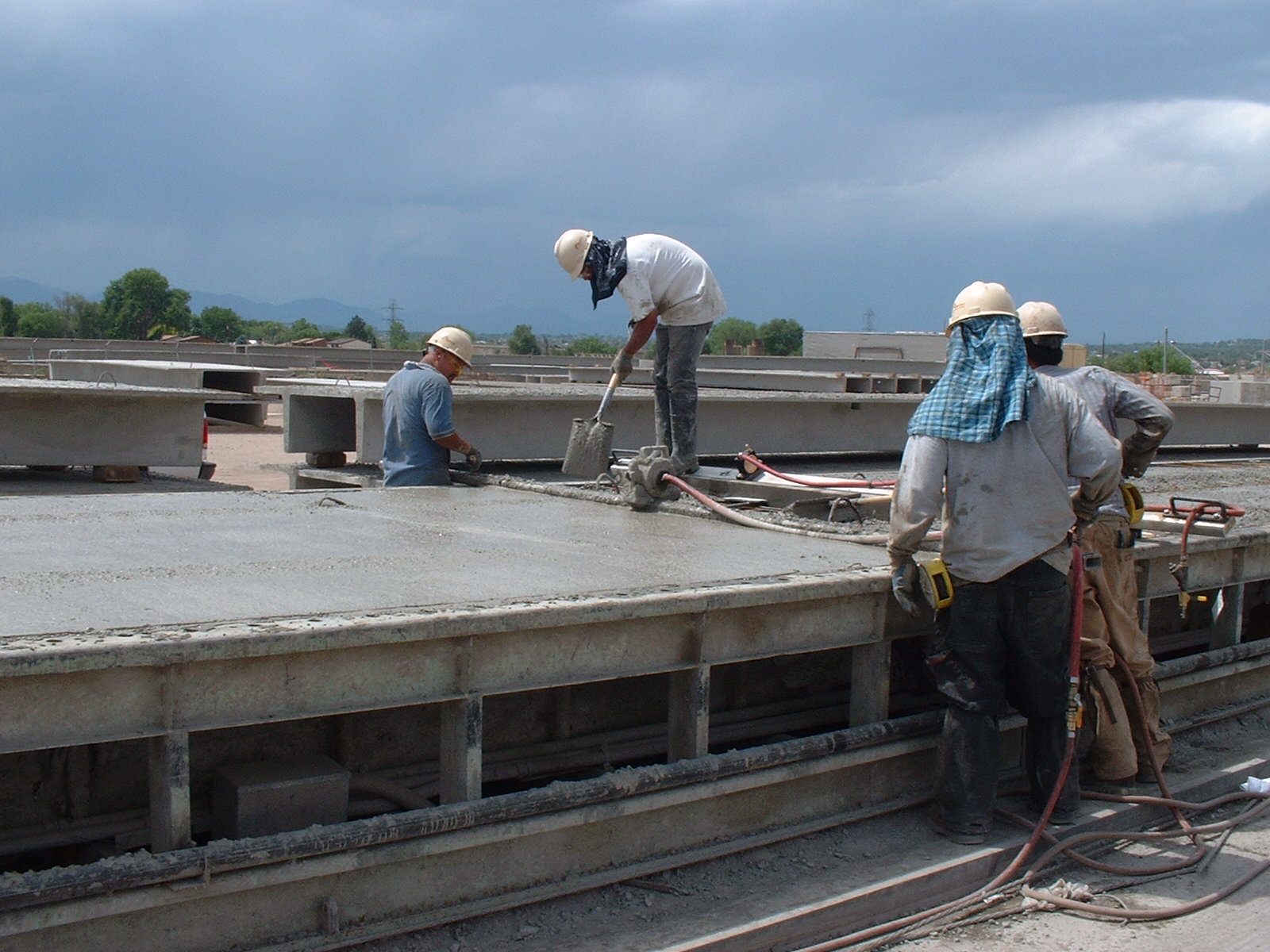
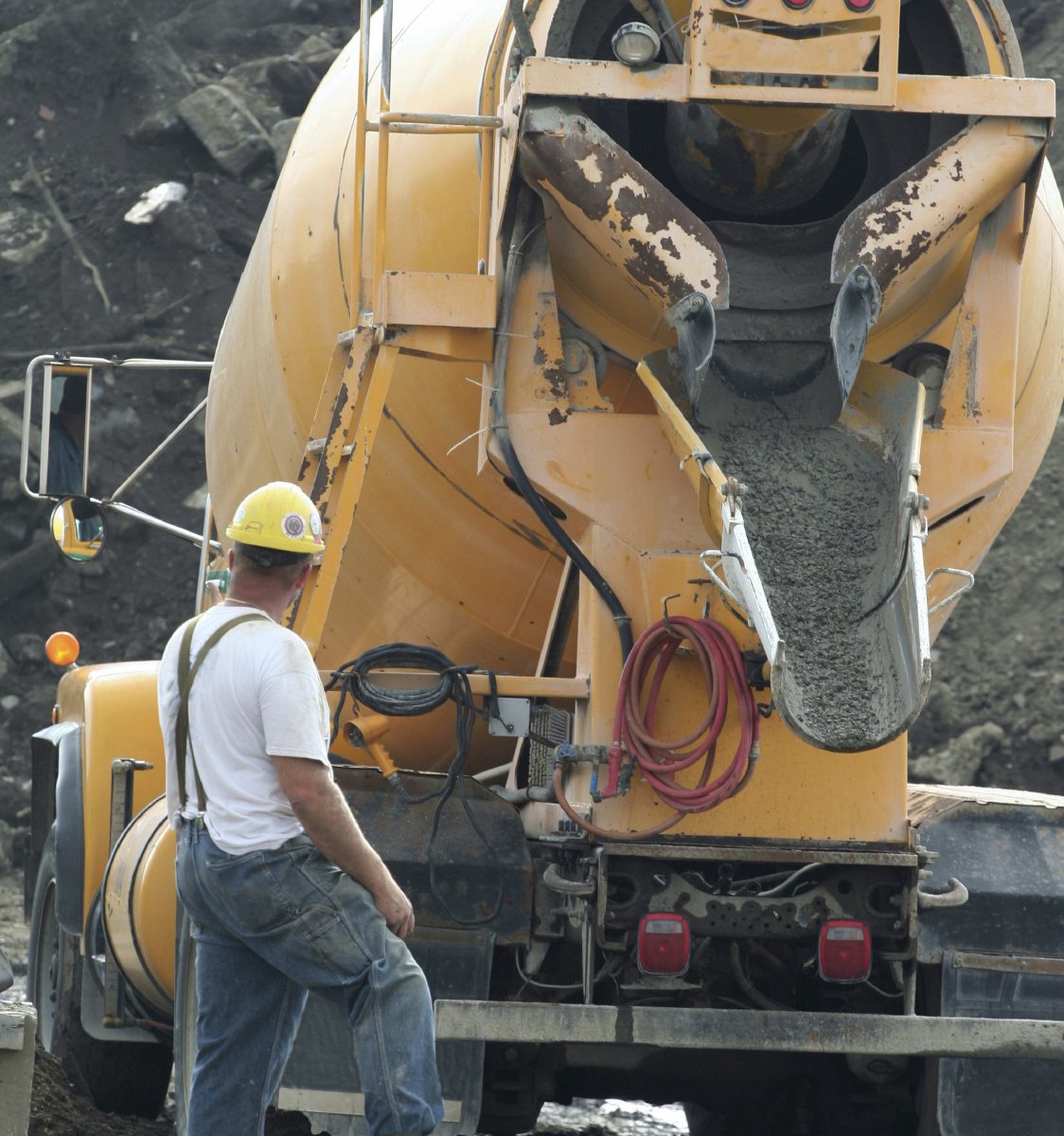

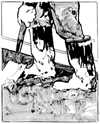 All materials used to make concrete—portland cement, coarse aggregate, sand, and water—are quite heavy even in small quantities. When lifting heavy materials, your back should be straight, legs bent, and the weight between your legs as close to the body as possible. Do not twist at the waist while lifting or carrying these items. Rather than straining your back with a heavy load, get help. Remember to use your head, not your back.
All materials used to make concrete—portland cement, coarse aggregate, sand, and water—are quite heavy even in small quantities. When lifting heavy materials, your back should be straight, legs bent, and the weight between your legs as close to the body as possible. Do not twist at the waist while lifting or carrying these items. Rather than straining your back with a heavy load, get help. Remember to use your head, not your back.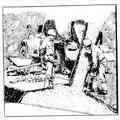 When working with fresh concrete, care should be taken to avoid skin irritation or chemical burns. Prolonged contact between fresh concrete and skin surfaces, eyes, and clothing may result in burns that are quite severe, including third-degree burns. If irritation persists consult a physician. For deep burns or large affected skin areas, seek medical attention immediately.
When working with fresh concrete, care should be taken to avoid skin irritation or chemical burns. Prolonged contact between fresh concrete and skin surfaces, eyes, and clothing may result in burns that are quite severe, including third-degree burns. If irritation persists consult a physician. For deep burns or large affected skin areas, seek medical attention immediately.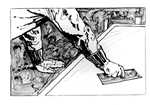 Waterproof pads should be used between fresh concrete surfaces and knees, elbows, hands, etc., to protect the body during finishing operations. Eyes and skin that come in contact with fresh concrete should be flushed thoroughly with clean water. Clothing that becomes saturated from contact with fresh concrete should be rinsed out promptly with clear water to prevent continued contact with skin surfaces. For persistent or severe discomfort, consult a physician.
Waterproof pads should be used between fresh concrete surfaces and knees, elbows, hands, etc., to protect the body during finishing operations. Eyes and skin that come in contact with fresh concrete should be flushed thoroughly with clean water. Clothing that becomes saturated from contact with fresh concrete should be rinsed out promptly with clear water to prevent continued contact with skin surfaces. For persistent or severe discomfort, consult a physician.